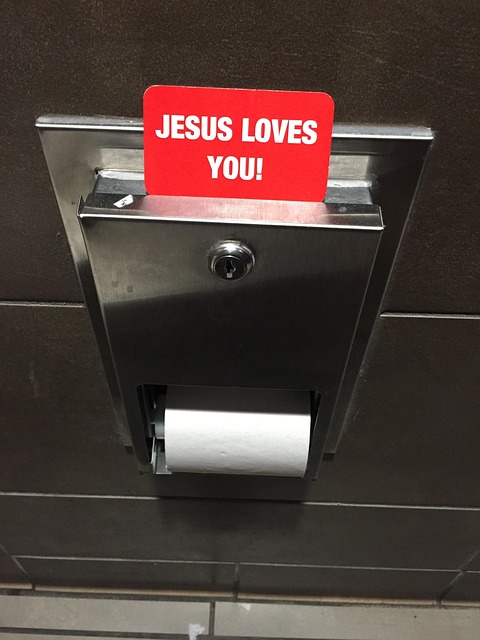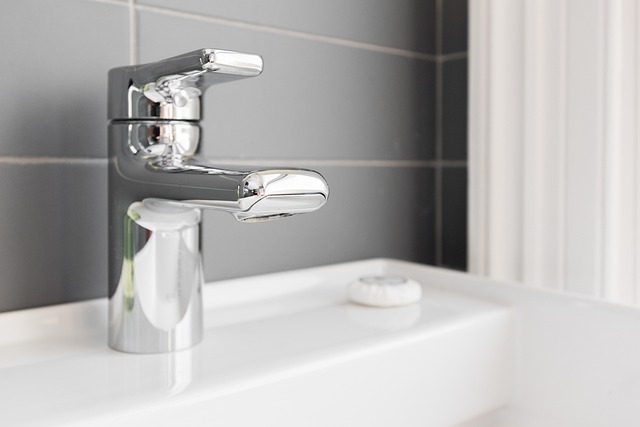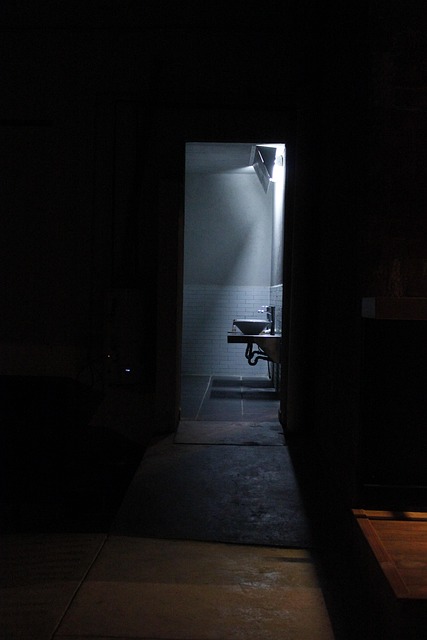Streamline Your Home: Install a Touch-Screen Control Panel for Heated Smart Mirrors

Touch-screen control panels integrate and manage diverse smart devices, from lights to security syst…….
Bathroom Remodel for Smart Technology Integration: A Modern Renaissance
Introduction
In the realm of home renovations, the bathroom has emerged as a sanctuary where innovation meets indulgence. The integration of smart technology into bathroom remodels is not just a trend but a transformation that promises to redefine comfort, efficiency, and luxury. This comprehensive article delves into the intricacies of incorporating smart technologies into bathroom design, offering insights into its significance, global impact, economic considerations, technological advancements, policy landscape, challenges, real-world case studies, and future prospects. Readers will gain a profound understanding of how this integration can elevate the bathroom experience while navigating the complexities of adopting cutting-edge solutions in residential spaces.
Understanding Bathroom Remodel for Smart Technology Integration
Bathroom remodeling with smart technology integration involves equipping bathrooms with devices and systems that can be controlled remotely, enhance user experience, and provide data insights for better maintenance and energy efficiency. Core components include touchless faucets, heated floors, smart mirrors, waterproof sound systems, and advanced lighting solutions. The historical context of this movement is rooted in the evolution of consumer electronics and IoT (Internet of Things) devices, which have become more accessible and tailored to home environments.
This integration signifies a shift towards sustainable living, personalized user experiences, and improved health and wellness within the private space of the bathroom. It represents a convergence of luxury and functionality, catering to the needs of modern households looking for smarter ways to manage their daily routines.
Global Impact and Trends
The influence of smart technology integration in bathroom remodels is a global phenomenon, with different regions adopting these innovations at varying paces. North America and parts of Europe lead the charge due to high disposable incomes, technological advancements, and consumer demand for intelligent home solutions. Asia-Pacific is rapidly catching up, driven by urbanization and a growing focus on sustainable living.
Key trends include an emphasis on health and wellness, energy-saving initiatives, and personalized user experiences. The demand for smart bathroom fixtures has also been fueled by the increasing awareness of smart home ecosystems and the desire to integrate these systems seamlessly into every part of the home.
Economic Considerations
The economic landscape of bathroom remodel for smart technology integration reflects a dynamic market with significant investment potential. The global market for smart bathroom fixtures is expanding, driven by technological advancements and consumer demand. This sector not only creates opportunities for manufacturers and retailers but also contributes to the broader economy by fostering innovation and employment in design, development, and customer service.
Investment patterns indicate a growing interest in sustainable and intelligent home solutions, with smart bathroom remodels offering a higher return on investment (ROI) due to their enhanced functionality and appeal to potential homebuyers. The integration of these technologies is also shaping economic systems by creating new industries and reshaping existing ones.
Technological Advancements
The technological advancements in smart bathroom remodels are profound, with innovations ranging from AI-powered voice assistants to biometric sensors for personalized settings. These advancements not only enhance user convenience but also contribute to energy conservation and sustainable living practices.
Future potential includes the integration of augmented reality (AR) for virtual showroom experiences, machine learning algorithms for predictive maintenance, and more sophisticated health monitoring systems that can track vital signs and provide alerts or data to healthcare providers. The trajectory of these advancements suggests a continued convergence of technology and personal well-being within the bathroom space.
Policy and Regulation
The policies and regulations governing smart technology integration in bathroom remodels are diverse, reflecting the global nature of this movement. Building codes, safety standards, data privacy laws, and environmental regulations all play a role in shaping how these technologies can be implemented.
In the United States, for example, the International Plumbing Code (IPC) addresses the integration of new plumbing technologies. In Europe, the General Data Protection Regulation (GDPR) influences how user data is collected and managed by smart devices. These frameworks are crucial in ensuring that innovations not only advance technology but also prioritize safety, privacy, and sustainability.
Challenges and Criticisms
The integration of smart technologies into bathroom remodels faces several challenges, including high initial costs, concerns over data security and privacy, and the need for interoperable standards to ensure compatibility across different devices and systems. Additionally, there is a learning curve associated with adopting these new technologies, which can be daunting for some users.
To address these issues, stakeholders must focus on creating affordable solutions that are user-friendly and secure. Education and awareness campaigns can help demystify the technology and its benefits. Manufacturers should also prioritize the development of open standards to facilitate easier integration and collaboration within the industry.
Case Studies
Several case studies exemplify the successful application of smart technology in bathroom remodels. One such example is a luxury resort that integrated smart shower systems with AI capabilities, allowing guests to customize their shower experience through voice commands. Another case study involves a homeowner who replaced traditional fixtures with water-saving, motion-activated toilets and faucets, resulting in significant water savings and a more hygienic bathroom environment. These real-world applications demonstrate the tangible benefits of smart technology integration.
Future Prospects
The future of bathroom remodel for smart technology integration is bright, with continued advancements expected to enhance user experiences, promote sustainability, and improve health outcomes. As this market matures, we can anticipate more intuitive and personalized solutions, greater emphasis on biophilic designs that connect users with nature, and a seamless integration of wellness technologies within the bathroom space.
In conclusion, the integration of smart technology into bathroom remodels is a multifaceted endeavor that reflects a commitment to innovation, sustainability, and personal well-being. It represents a significant shift in how we interact with our living spaces and emphasizes the importance of staying informed about the latest developments in home automation and intelligent design. As this trend continues to evolve, it will undoubtedly shape the future of residential bathrooms and contribute to a smarter, more connected world.

Touch-screen control panels integrate and manage diverse smart devices, from lights to security syst…….

Integrating underfloor heating controlled by a mobile app into your smart bathroom design offers unp…….

Bluetooth technology has revolutionized audio in smart shower systems, enabling wireless streaming o…….

The future of bathing involves smart bathtub innovations that offer personalized, indulgent experien…….

Integrating smart technology into bathrooms is a modern necessity, offering convenient, personalized…….

Integrating smart water leak detectors into a bathroom remodel is crucial for damage prevention and…….

Smart bathroom design, spearheaded by innovative features like temperature-controlled smart bathtubs…….

Bluetooth technology has revolutionized audio systems by enabling wireless streaming from smartphone…….

Smart shower systems are transforming bathroom routines by offering customizable tech experiences, i…….

Integrating smart underfloor heating into a bathroom remodel offers precise temperature control via…….